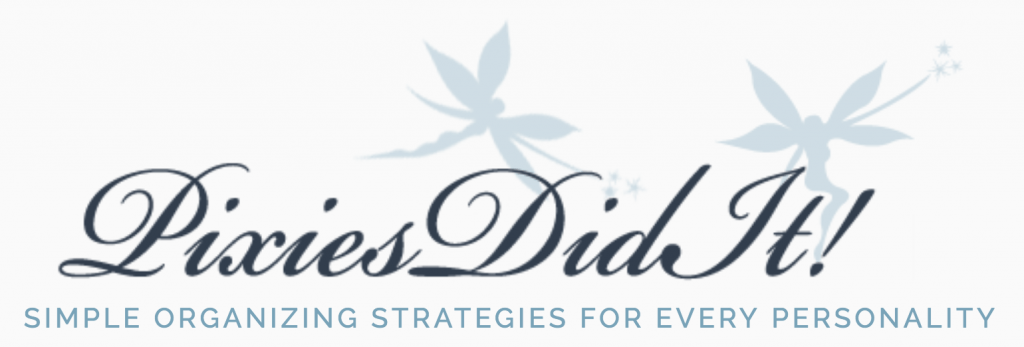Tap Water in Canteens
 Tap water has always been around but it’s making a resurgence with new age canteens and water fountains much to the chagrin of bottled water manufacturers. FINALLY! I say this, not as an ardent environmentalist — I am not — but as a wife who hates my husband’s illogical obsession with bottled water as “better” than tap. As if he’s ever done chemical or taste tests to prove his hypothesis. You’d think paying for an essentially free good would be enough of a deterrent.
Tap water has always been around but it’s making a resurgence with new age canteens and water fountains much to the chagrin of bottled water manufacturers. FINALLY! I say this, not as an ardent environmentalist — I am not — but as a wife who hates my husband’s illogical obsession with bottled water as “better” than tap. As if he’s ever done chemical or taste tests to prove his hypothesis. You’d think paying for an essentially free good would be enough of a deterrent.
When I was a consumer equity analyst at a hedge fund, I covered Pepsi and Coke. At the time, both were banking on growth from bottled water — Aquafina and Dasani, respectively — that was essentially filtered tap water that in the end of the day was no more pure than what came out of your tap. But, they were marketing it as better and it was working. I remember thinking, “Ingenious, yet almost evil.” And then I recommended Pepsi as an investment to my portfolio manager.
Now that I’m out of the investment racket, I’m annoyed by this whole water business. It’s frustrating separating and throwing away bottle after bottle when our entire civilization is built to bring water up into your individual home whenever you flip a switch. It’s an amazing engineering feat. Yet, people are obsessed with buying water and lugging it home as if we live in the great plains of Africa without a water system.
 The only rational reason I could come up with the importance of selling bottled water is that people can’t get water on the go easily. But frankly, we solved that pickle years ago with water fountains and canteens. Yes, your reusable water bottle — especially the metal one as featured above from SIGG — is an idea that’s been around for at least 60,000 years.
The only rational reason I could come up with the importance of selling bottled water is that people can’t get water on the go easily. But frankly, we solved that pickle years ago with water fountains and canteens. Yes, your reusable water bottle — especially the metal one as featured above from SIGG — is an idea that’s been around for at least 60,000 years.
As a sensible former Girl Scout who tries to be a good steward to my surroundings within the realms of reason, logic, and evidence, it just makes sense to use a canteen again. It’s easier and cheaper. My best friend bought me one with my alma mater, Barnard, emblazoned on it and I take it everywhere now.
As for refills on the go, some people think that old style water fountains have germs. I couldn’t find the data to back up this belief but regardless, companies are starting to reinvent the water fountain. In the UK, a company called HydraChill installed stations around London. They charge 20 pence (roughly 40 cents), which goes to an environmental group. The latter is a little weird to me. Why not just profit as a company off of a valuable service you’re offering? Oh well, once an equity analyst, always an equity analyst.
Personality type wise we think that Funs and Classics will do best with the canteens. They will wash them often and not lose the tops. I, um, can’t tell you how many metal water canteens that Katie has sitting in her cupboard sans tops. We’re pretty sure Organic Structures and Smart Structures can get on board this train as long as they’re not too busy. Smarts need to agree with the logic of it, ie. belive that plastic is bad and that the savings is worth their time. Organic Freedoms can be strangely fastidious about these details if they live alone, but the minute they’re in a household with a Smart Freedom or anyone who isn’t on board, forget about it. Katie has bought over a dozen of these things, not to mention the portable coffee mugs, and they all either lose their tops or end up living in the car. So either labeling would need to be brougth to bear, or some enforceable personal responsibility. She’s hoping as the kids get older they might chastise their father into compliance!
[Sidenote: I thought this book by Peter Gleick looked awesome. I was particularly interested given the fact that I seem to be living in a form of water bottle purgatory with my husband to pay for my previous investment recommendation transgression.]